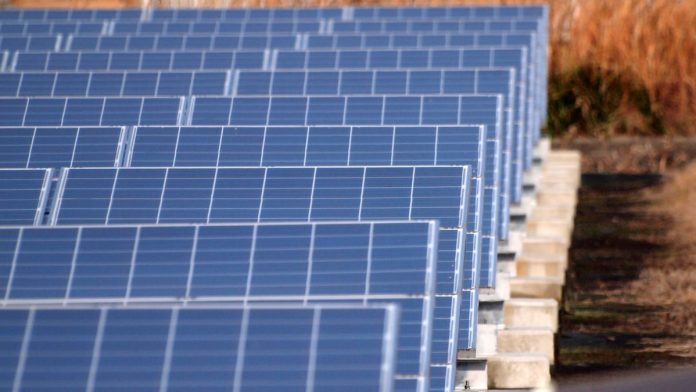Across all market segments, PV system costs are falling faster than anticipated, according to new research from Wood Mackenzie. The unexpected decline in costs has been attributed to the rapidly declining price of modules, with the costs of a residential system using mono PERC modules now expected to fall 17% from 2020 to 2025. Mono PERC commercial and utility system costs, meanwhile, are expected to respectively drop 16% and 20% over the same period.
Another development is brewing in the utility-scale segment, where bifacial mono PERC modules on tracking systems are becoming more and more cost-competitive with monofacial mono PERC modules. While bifacial tracking systems drive up costs with their increased inter-row spacing, requiring more land and larger project footprints, the same projects also offer reduced balance-of-system components and lower labor costs due to less system components.
Most important for bifacial utility tracking projects has been their exception from the Section 201 tariffs – so far. Because of this exemption, bifacial system costs are expected to sit at around 1% less than monofacial mono PERC systems over that same 2020 to 2025 timeframe. Without it, these projects have a much higher cost than their monofacial mono PERC counterparts.
Customer acquisition
For residential projects, falling module prices can only bring down costs so much. For years, the bane of residential solar system pricing has been the soft costs of customer acquisition, permitting and inspection. For some residential solar companies, customer acquisition alone can represent up to 30% of the per watt cost the company incurs for each new system installed.
Sunrun, the largest residential solar company in the United States, has a creation cost of $3.09/watt of solar that the company installs, as of the first quarter. And while the bulk of this figure comes from the cost of installation ($2.39), $0.76 comes from sales and marketing.
According to WoodMac, soft costs are going to be the biggest barrier for continued system pricing decreases moving forward. After the significant fall that module prices are expected to take in the first half of this decade, those decreases will slow substantially after 2025.
While customer acquisition has proved to be difficult to drive down, WoodMac did take time to recognize Solar Foundation and NREL, as the two have collaborated to form the Solar Automated Permit Processing platform, which could help drive down some of those persistent permitting costs.
Coronavirus costs
And, since no news can exist without a Covid-19 angle, WoodMac shares that residential system prices will be impacted more than any other market segment in 2020. The researchers expect the virus to have very little impact on commercial and utility-scale project costs. Molly Cox, an analyst for WoodMac, says that as module manufacturers face reduced demand, they’re lowering margins to stay competitive.
WoodMac predicts that the price per megawatt for a 10 MW project to be almost 8% lower than pre-coronavirus estimations.







